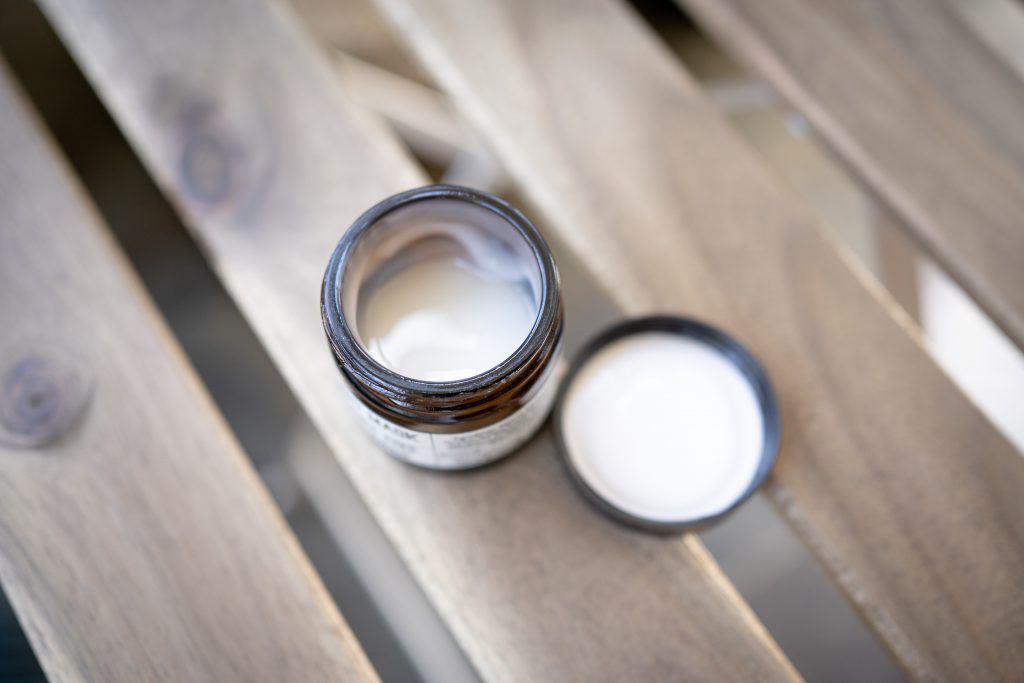Introduction:
Moisturizers play a pivotal role in skincare, ensuring our skin remains hydrated and supple. However, the world of moisturizers is diverse, ranging from lotions to creams, gels, and oils. This comprehensive guide will navigate through the attributes of each formulation, empowering you to choose the moisturizer that best caters to your unique skin needs.
Understanding Different Moisturizer Formulations:
Before diving into the specifics, it’s essential to acquaint yourself with the distinct characteristics of lotions, creams, gels, and oils. Each formulation offers a unique texture, absorption rate, and set of benefits, catering to various skin types and preferences.
The Light and Quick Absorption of Lotions:
Lotions, with their lightweight and fast-absorbing nature, are an excellent choice for those seeking immediate hydration without a heavy feel. Perfect for daily use, lotions are particularly well-suited for individuals with normal to oily skin, as well as warmer climates where heavier creams might feel excessive.
The Nourishing Embrace of Creams:
Creams, known for their richer texture and emollient properties, provide deep nourishment and hydration. They create a protective barrier on the skin’s surface, making them a go-to choice for individuals with dry or mature skin. Creams are akin to a cocoon, enveloping your skin in a comforting embrace of moisture.
The Cooling and Hydrating Effect of Gels:
Gel moisturizers, celebrated for their cooling and hydrating properties, are a breath of fresh air for the skin. With a water-based formula, gels offer an invigorating burst of moisture and are ideal for those with oily or combination skin. Additionally, they can be a savior in hot and humid climates, delivering hydration without overwhelming the skin.
The Deep Nourishment of Oils:
Oils, often derived from natural sources, provide intense nourishment and hydration to the skin. Contrary to misconceptions, even oily skin can benefit from facial oils. These formulations mimic the skin’s natural oils, aiding in maintaining a healthy lipid barrier. Oils are like a lavish feast for your skin, offering a plump and radiant appearance.
Analyzing Ingredients and Formulations:
The secret behind each moisturizer lies in its formulation. Lotions often contain water and lightweight oils. Creams blend oils and water in a balanced ratio. Gels rely on water-based ingredients, while oils harness the power of botanical extracts.
Matching Moisturizers to Skin Concerns:
The choice of moisturizer can be tailored to address specific skin concerns. Lotions are great for daily maintenance, creams combat dryness, gels provide cooling hydration, and oils offer deep nourishment.
Balancing Moisture and Skin Type:
Understanding your skin type is pivotal. Oily skin types might lean towards lotions and gels, while dry skin craves the richness of creams and oils. It’s all about achieving that delicate moisture balance.
Layering and Customizing Moisturizers:
The art of layering allows you to customize your moisturization. For instance, applying a lightweight gel during the day and sealing it with a cream at night offers a dynamic moisture duo.
Considering Lifestyle and Climate:
Your environment plays a role in moisturizer selection. Gels are heroes in hot and humid climates, while creams and oils provide extra protection in cold and dry conditions.
Expert Advice on Moisturizer Selection:
Dermatologists emphasize the importance of choosing a moisturizer that aligns with your skin’s unique needs. Dr. Rachel Johnson underscores, “Understanding your skin’s preferences is key to achieving optimal hydration.”
User Experiences and Preferences:
Real people share their journeys of discovering the perfect moisturizer. While some swear by the quick absorption of lotions, others find solace in the luxurious texture of creams.
Comparing Costs and Value:
The cost of moisturizers can vary widely. While lotions and gels might be budget-friendly, creams and oils often offer long-term benefits that justify the investment.
Navigating the Market: Trends and Options:
The skincare market is a playground of innovation. With growing interest in natural and organic options, moisturizer formulations reflect a shift towards holistic skincare experiences.
Selecting Your Ideal Moisturizer: Lotions, Creams, Gels, or Oils?
The ultimate decision boils down to your skin’s desires and your preferences. Lotions provide quick hydration, creams offer indulgent nourishment, gels bring a refreshing coolness, and oils deliver a deep embrace of moisture.
Conclusion:
In the journey of skincare, the moisturizer you choose becomes a trusted ally in maintaining healthy, radiant skin. By understanding the nuances of lotions, creams, g
els, and oils, you empower yourself to make an informed choice that harmonizes with your skin’s ever-evolving needs.
FAQs (Frequently Asked Questions):
- Can I use different moisturizer types for different parts of my face? Yes, you can tailor your moisturizer based on the needs of different areas. For instance, using a gel on your T-zone and a cream on drier cheeks.
- Can I use facial oils if I have oily skin? Yes, facial oils can actually help balance oily skin by signaling your skin to produce less oil. Opt for non-comedogenic oils like jojoba or rosehip.
- Is it necessary to moisturize if I have oily skin? Absolutely! Oily skin needs hydration too. Opt for lightweight formulas like lotions or gels that won’t feel heavy on your skin.
- Can I layer different moisturizer types? Layering different moisturizer types can be effective, especially in extreme weather conditions. Start with a lighter formula and follow with a richer one.
- Do I need a separate moisturizer for day and night? It’s not mandatory, but using a slightly lighter moisturizer during the day and a richer one at night can cater to your skin’s varying needs throughout the day.


